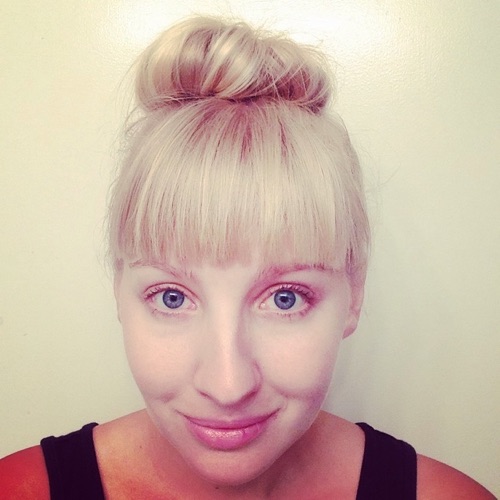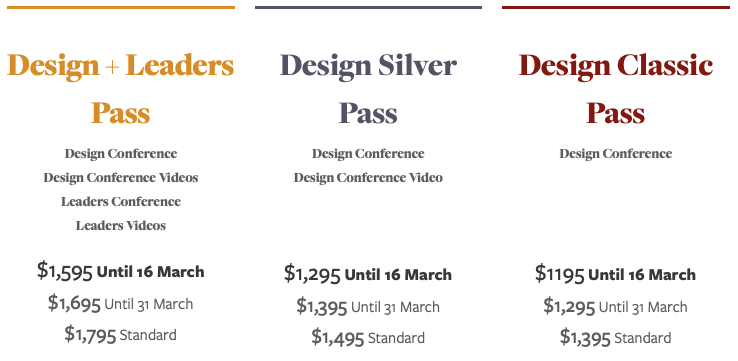Designing Safety at Design ’19
last week we focussed on one of they themes for Design ’19, our product design conference, scaling design–design systems and designops.
This week as we reveal our Design ’19 program, we’ll focus on another key theme–privacy and safety, and how design can help curb abuse, and provide safe environments for your users.
A note of caution: the following contains some general observations about the misuse of online platforms and products that might be distressing to some people.
The negative impacts of the misuse of Twitter, Facebook, and other social media platforms is increasingly being recognised. But the challenges these global platforms face are also challenges many, indeed most, online products and services also face.
Whether weaponised as a means of attacking minorities, or individuals at odds with a group’s beliefs, or as vectors of breaching the privacy, and personal safety of individuals, we can no longer ignore the responsibility for the misuse of the things we design and build; to say “we didn’t foresee”, or “we didn’t imagine” this use.
At Design ’19 we’ve brought together what we feel is a very important session to help designers think deeply about the potential impact of the things we are designing on the safety and privacy of individuals who use these products.
I honestly think this might be one of the most important sessions we’ve had at all our many conferences over the last 15 years or so. Read on for a description of these sessions, which will conclude with an in-depth Q&A on the issue featuring both speakers.
Designing Against Domestic Violence
Eva PenzeyMoog
 The reality of domestic violence doesn’t disappear when people enter the digital world. Abusers use technology to exploit and control their victims, meaning that technologists have a responsibility to ensure that users of our products are empowered to protect their safety. How can we prevent people with violent intentions from forms of abuse and control that are digital, such as browsing a victim’s computer, finding sensitive information about them online, or creating fake content in their name? How can our products that involve real people, such as software for building managers, protect against an abuser talking their way past a building’s doorman whose uses software to track approved guests? While there’s no simple answer and ultimately no way to ensure our users’ safety in all situations, thoughtful considerations and small changes while designing and building products can and does result in meaningful contributions to people’s safety. This talk will explore how to think through a lens of safety, create those thoughtful considerations, and advocate for an emphasis on safety.
The reality of domestic violence doesn’t disappear when people enter the digital world. Abusers use technology to exploit and control their victims, meaning that technologists have a responsibility to ensure that users of our products are empowered to protect their safety. How can we prevent people with violent intentions from forms of abuse and control that are digital, such as browsing a victim’s computer, finding sensitive information about them online, or creating fake content in their name? How can our products that involve real people, such as software for building managers, protect against an abuser talking their way past a building’s doorman whose uses software to track approved guests? While there’s no simple answer and ultimately no way to ensure our users’ safety in all situations, thoughtful considerations and small changes while designing and building products can and does result in meaningful contributions to people’s safety. This talk will explore how to think through a lens of safety, create those thoughtful considerations, and advocate for an emphasis on safety.
Abuse and Disinformation at Twitter: An Inside Story
Jon Bell
 Citizens are in the middle of a global disinformation campaign. The attackers know all the legal loopholes, all the social engineering tricks, and all the blind spots they can exploit. Meanwhile, average citizens don’t understand how to protect themselves and just want software to be as simple as possible. It’s a recipe for disaster, which is what we got.
Citizens are in the middle of a global disinformation campaign. The attackers know all the legal loopholes, all the social engineering tricks, and all the blind spots they can exploit. Meanwhile, average citizens don’t understand how to protect themselves and just want software to be as simple as possible. It’s a recipe for disaster, which is what we got.
Jon Bell worked on Twitter’s Abuse team as the lead designer in 2016, and is haunted by his team’s inability to take the threat seriously and make significant progress towards addressing it. This talk is a behind-the-scenes look into all the complexity, the surprises, and the lessons learned on the front lines of one of the most challenging social and UX issues of our time.
Address challenges like these at Design ’19
If you’re keen to think more deeply about how to address challenges like these, then Design ’19, in Melbourne April 11 and 12, is exactly what you need. Tickets are on sale now.
Great reading, every weekend.
We round up the best writing about the web and send it your way each Friday.

